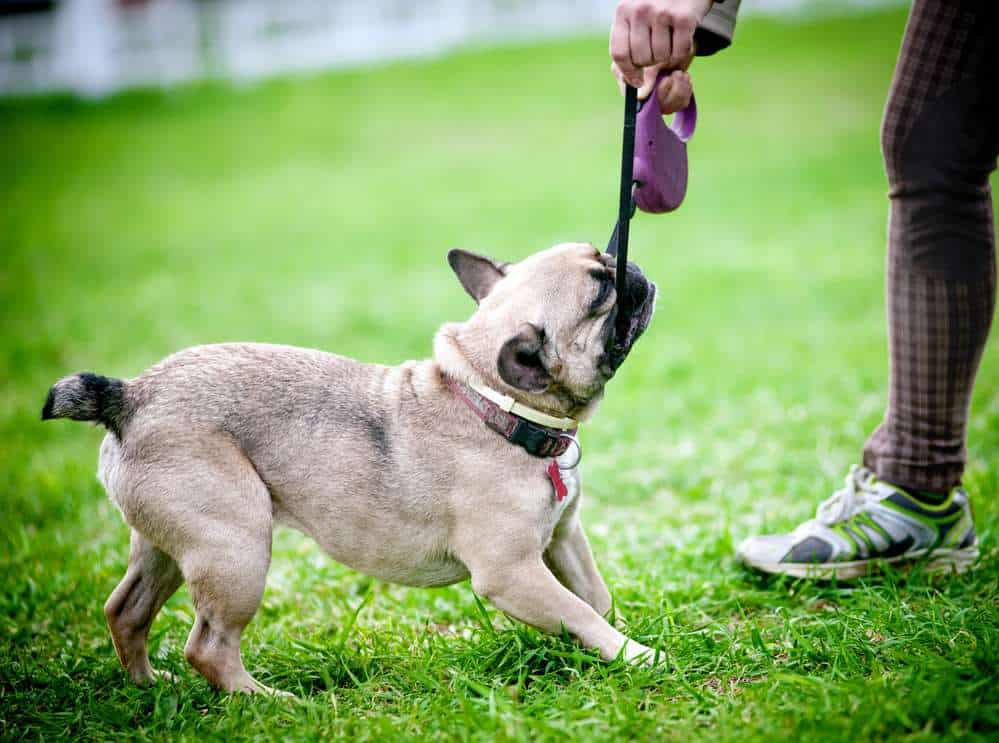Do you ever look at your dog and wonder why they behave the way they do? Are you seeking ways to inspire good behavior while quelling some not-so-good tendencies? Let’s embark on a fascinating journey together – one that will help us navigate the intriguing world of dog behavior modification. In this post, we will unravel the secrets that can help transform your pet’s manners practically overnight!
Unraveling the Mystery: Understanding Dog Behavior
Dog behavior modification isn’t some mystical art form. It’s a science-based process aimed at encouraging positive behaviors while gently dissuading those less desirable ones. Imagine walking down a path with your pet, hand in paw, building a healthy, understanding relationship that benefits you both.
Consider a quick anecdote about Duke, a sprightly but rather stubborn Corgi. Duke had a habit of being a little too zealous at dinner time, often knocking over his bowl in his excitement. Understanding Duke’s motivation (his insatiable love for food) and his behavior (the over-enthusiasm leading to bowl-toppling), his owners could construct a plan to encourage more patient manners during mealtime.
Building Blocks: Theoretical Foundations of Dog Behavior Modification
Just as bricks and mortar form the basis of a robust building, several critical theories underpin dog behavior modification. Grasping these theories enables you to communicate effectively with your furry friend.
Classical Conditioning: Remember the famous experiment by Ivan Pavlov? He conditioned dogs to associate the sound of a bell (a previously neutral stimulus) with food (an unconditioned stimulus), causing them to salivate (a conditioned response) at the bell’s sound alone.
Operant Conditioning: This theory revolves around the consequences of behavior. It includes positive and negative reinforcement and punishment. For instance, when Duke’s owners started rewarding him for waiting patiently for his food instead of knocking over his bowl, Duke began to understand that good behavior equaled tasty rewards.
Desensitization: Imagine if your dog trembles in fear during a thunderstorm. By gradually exposing them to the sound of thunder at low volumes, you can help them adapt and reduce their fear response over time.
Counter-Conditioning: This technique aims to change a dog’s emotional reaction. If a dog has a negative response to a stimulus (like other dogs due to a past traumatic incident), counter-conditioning can help reshape their response from negative to positive by creating positive associations.
Socialization: Much like human children, dogs need to learn about the world by experiencing various environments, people, and animals during their formative years. Proper socialization can go a long way in raising a well-adjusted dog.
Clicker Training: This method uses a clicker – a device that emits a distinct sound – to signal a dog when they perform a desirable action. It’s a bit like getting a gold star for a job well done.
Riding the Wave: Contemporary Trends in Dog Behavior Modification
The fascinating world of dog behavior modification is always evolving, largely due to our deepening understanding of canine psychology. Here’s a quick look at some current trends in the field:
Positive Reinforcement Training: Reward-based training is gaining momentum. Catching your dog in the act of doing something good and immediately rewarding them encourages repetition of such behaviors.
Fear-Free Training Methods: Modern training emphasizes reducing stress during training sessions, thereby making them a more positive and effective experience for your dog.
Canine Enrichment Activities: Mental stimulation is as essential for dogs as it is for humans. Activities that challenge your dog, like puzzle toys or agility training, can significantly improve their behavior and mental health.
Technology-Assisted Training: From smart collars and automated treat dispensers to mobile apps, modern technology is lending a hand in behavior modification.
Personalized Training Programs: Recognizing the individuality of each dog, many trainers are crafting bespoke training programs that cater to a dog’s specific needs based on breed, age, temperament, and behavior.
The Journey: Patience, Consistency, and Reward
Dog behavior modification isn’t about overhauling your dog’s personality. Instead, it’s about understanding their motivations, guiding their behavior, and celebrating their individuality. Consistency and patience are your companions on this journey.
Remember Duke? His journey to good manners at mealtime was not overnight. There were some days when he would still knock over his bowl in excitement. But his owners’ consistent reinforcement of patience and good behavior eventually won over his impulsive mealtime manners.
It’s also important to remember that a happy, well-adjusted pet and a harmonious living environment are the end goals here. As you learn and adapt your strategies, you’ll be enriching not only your pet’s life but yours as well. After all, the bond between you and your pet is a special one, and every step taken to enhance this relationship is worthwhile. So here’s to your journey in the rewarding world of dog behavior modification!




Leave a Reply